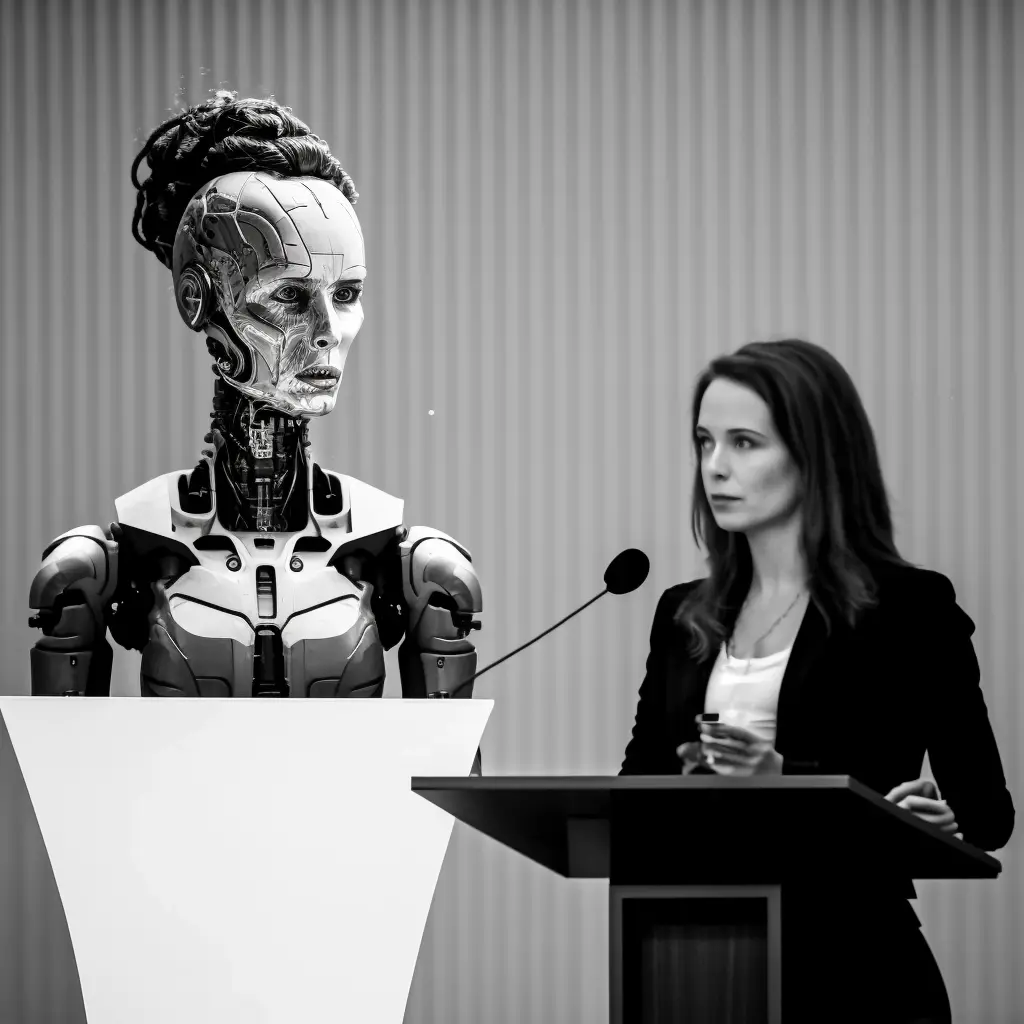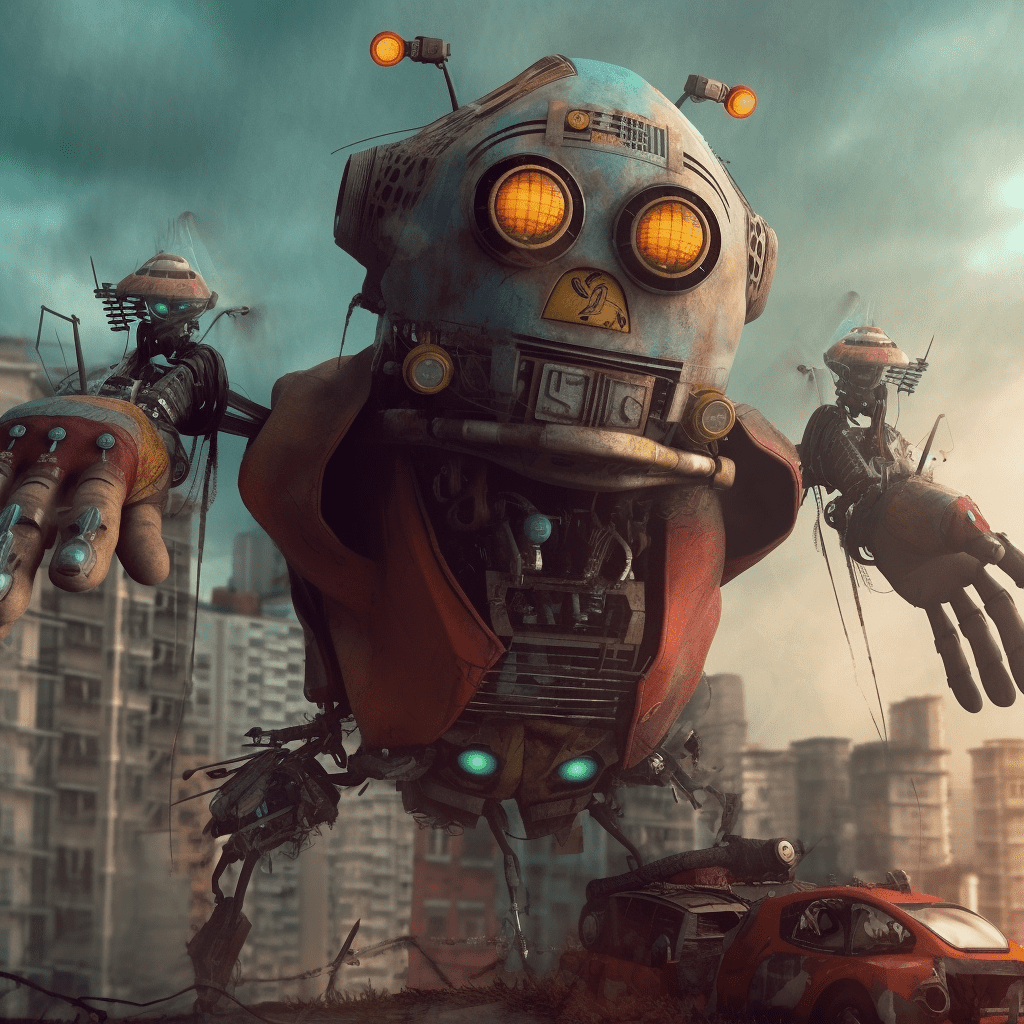Artificial intelligence (AI) is revolutionizing the world as we know it, and natural language processing (NLP) has emerged as a cornerstone of this groundbreaking technology. Enter ChatGPT, a conversational AI powerhouse that is transforming the way we communicate, comprehend, and collaborate. In this blog post, we will demystify the intricacies of ChatGPT by delving into its underlying technology, exploring the difference between narrow AI and general AI, and examining the controversies surrounding this extraordinary language model. As we unravel the secrets of ChatGPT, we will shed light on the AI landscape and invite you to ponder the implications of these advancements for the future of human-machine interaction.
Related resources: Introducing ChatGPT (openai.com)
The AI Landscape
Artificial intelligence (AI) is an umbrella term that encompasses various subfields, including machine learning, natural language processing, computer vision, and robotics. As a branch of AI, natural language processing (NLP) focuses on enabling machines to understand, interpret, and generate human language. ChatGPT, a product of NLP research, has become an impressive tool for facilitating seamless human-machine communication.
The Transformer Architecture
At the heart of ChatGPT lies the transformer architecture, a deep learning model that excels in handling language tasks. The transformer architecture is composed of a series of layers, each containing a self-attention mechanism and a feedforward neural network. The self-attention mechanism is akin to a group of detectives collaborating to solve a complex case: each detective concentrates on different clues, but they all work together to uncover the bigger picture. Similarly, the transformer’s self-attention mechanism allows the model to attend to different parts of the input text, capturing long-range dependencies and relationships. The feedforward neural network, another key component, transforms the encoded input into the desired output text. This combination of self-attention and feedforward mechanisms enables the transformer architecture to excel in a variety of NLP tasks.
The Generative Pre-trained Transformer (GPT)
ChatGPT employs the Generative Pre-trained Transformer (GPT) architecture, which undergoes two main stages: pre-training and fine-tuning. In the pre-training phase, the model learns language patterns from a vast corpus of text data by predicting the next word in a sentence. This unsupervised learning enables the model to acquire a broad understanding of language structure and context. During the fine-tuning stage, the model is tailored to specific tasks, such as text summarization or translation, using smaller datasets with labelled examples. This dual-stage process equips ChatGPT to tackle a wide array of language tasks with remarkable proficiency.
Narrow AI vs. General AI
Narrow AI, or weak AI, is designed to perform specific tasks within a limited domain, while general AI, or strong AI, is capable of human-like cognition across diverse tasks. ChatGPT exemplifies narrow AI, as it excels in language processing but cannot perform tasks beyond its domain. As Ada Lovelace, a pioneering computer scientist, once said, “The Analytical Engine has no pretensions to originate anything. It can do whatever we know how to order it to perform.” In a similar vein, ChatGPT’s abilities are limited by its programming and training data.

Controversial Points and Technological Advancements
While ChatGPT and similar language models offer tremendous benefits, they also raise ethical concerns, such as the potential for generating fake news, perpetuating bias, and issues related to AI alignment. AI alignment refers to the challenge of ensuring that AI systems reliably understand and follow human intentions and values, even as they become more capable and autonomous. As Albert Einstein observed, “It has become appallingly obvious that our technology has exceeded our humanity.” To ensure responsible AI development, researchers and developers must engage in ongoing discussions and work collaboratively to address these challenges, including refining AI alignment techniques to create safe and robust systems.
Conclusion
ChatGPT represents a remarkable achievement in the field of natural language processing, bridging the gap between humans and machines through powerful language understanding and generation. As we continue to develop and refine AI technologies, it is crucial to remain vigilant about the ethical implications and strive for responsible progress. By posing open questions and fostering thoughtful discussion, we can navigate the complexities of this evolving landscape and harness the potential of AI to benefit society as a whole.
Open Questions for Further Thought and Discussion
As we reflect on the advancements and challenges presented by ChatGPT and other AI technologies, consider the following open questions to spark further thought and conversation:
- How can we strike a balance between AI’s potential benefits and the ethical concerns surrounding its use?
- What role do governments, organizations, and individuals play in ensuring responsible AI development and implementation?
- How can we minimize bias in AI models and promote the development of inclusive technologies that serve diverse populations?
- What potential applications of ChatGPT and similar language models are yet to be explored, and how might they shape the future of human-machine interaction?
- As AI technology continues to advance, how can we prepare the workforce for the potential disruptions and opportunities that may arise?
By engaging in open discussions, sharing diverse perspectives, and fostering a culture of collaboration, we can collectively address the challenges presented by AI technology and work towards a future where artificial intelligence serves as a powerful ally, enhancing human capabilities and enriching our lives.
Prompt Engineering Notes:
In this interactive collaboration, you and I worked together to develop an insightful and engaging blog post about the inner workings of ChatGPT and its role in the AI landscape.
Throughout the process, I received valuable input from you, which included:
* An in-depth explanation of ChatGPT and how it works
* A detailed prompt with specific instructions for crafting the post
* Feedback on the title, outline, and initial draft, leading to content revisions and enhancements
* Requests for incorporating controversial points, such as AI alignment, and providing more information on the transformer architecture and GPT training
* Direction on maintaining a neutral yet dramatic tone and including inspirational quotes
* The addition of open questions to encourage further thought and discussion
During our collaboration, you acted as a critic, providing brutally honest feedback and suggestions for improvement, resulting in a more refined and captivating final piece.
Lastly, I suggested five image ideas for the blog post
All images have been generated with MidJourney.
